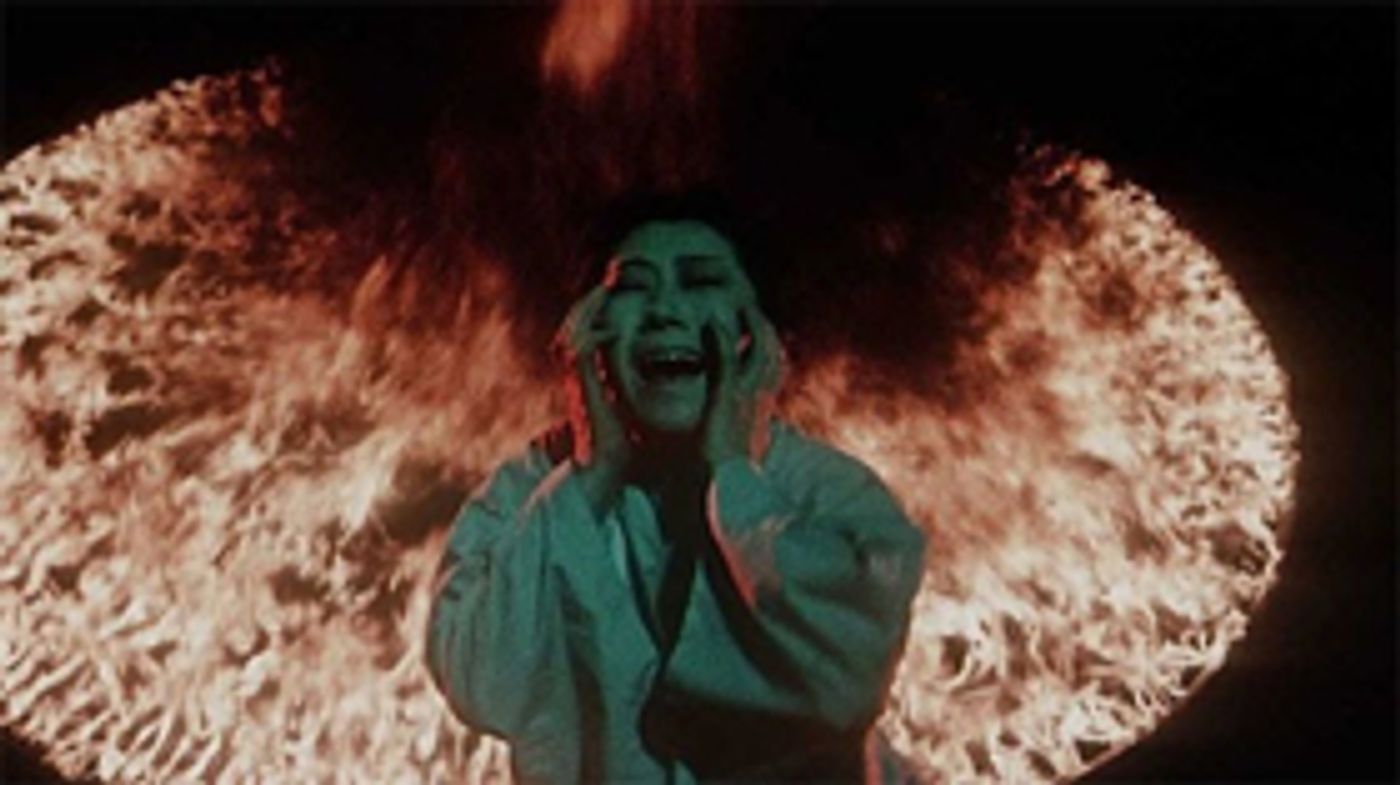BAMcinematek Presents GHOSTS AND MONSTERS: POSTWAR JAPANESE HORROR

From Friday, October 26 through Thursday, November 1 BAMcinématek presents Ghosts and Monsters: Postwar Japanese Horror, a series of 10 films showcasing two strands of Japanese horror films that developed after World War II: kaiju monster movies and beautifully stylized ghost stories from Japanese folklore.
The series includes three classic kaiju films by director Ishirô Honda, beginning with the granddaddy of all nuclear warfare anxiety films, the original Godzilla (1954-Oct 26). The kaiju creature features continue with Mothra (1961-Oct 27), a psychedelic tale of a gigantic prehistoric and long dormant moth larvae that is inadvertently awakened by island explorers seeking to exploit the irradiated island's resources and native population. Destroy All Monsters (1968-Nov 1) is the all-star edition of kaiju films, bringing together Godzilla, Rodan, Mothra, and King Ghidorah, as the giants stomp across the globe ending with an epic battle at Mt. Fuji.
Also featured in Ghosts and Monsters is Hajime Satô's Goke, Body Snatcher from Hell (1968-Oct 27), an apocalyptic blend of sci-fi grotesquerie and Vietnam-era social commentary in which one disaster after another befalls the film's characters. First, they survive a plane crash only to then be attacked by blob-like alien creatures that leave the survivors thirsty for blood. In Nobuo Nakagawa's Jigoku (1960-Oct 28) a man is sent to the bowels of hell after fleeing the scene of a hit-and-run that kills a yakuza. The film, showing on an imported print from Japan Foundation, depicts a sadistic hell reminiscent of the paintings of Hieronymus Bosch.
The series spotlights a selection of atmospheric ghost stories, all screening on 35mm prints, including legendary director Kenji Mizoguchi's Ugetsu (1953-Oct 27). Set during Japan's 16th-century civil wars, Mizoguchi's film weaves striking cinematography with the supernatural in a tale of a man whose desire for wealth leads him into the arms of a phantom princess. In Hiroshi Teshigahara's Pitfall (1962-Oct 30)-the first feature film from the director of Woman in the Dunes and his first collaboration with screenwriter K?b? Abe- is an eerie ghost story about alienation and capitalist exploitation. In telling the story of a former miner who stumbles across an abandoned city, Teshigahara emphasizes documentary realism over blood and gore. Winner of the Cannes Film Festival Special Jury prize and an Academy Award nomination for Best Foreign Language film, Masaki Kobayashi's Kwaidan (1964-Oct 28) tells four stories of ghostly encounters adapted from Lafcadio Hearn's collection of Japanese folktales. Kaneto Shindô's Kuroneko (1968-Oct 31), depicts a mother and daughter-in-law who return as murderous feline spirits after being brutally murdered by a band of samurai. Shindô's Onibaba (1964-Oct 31) tells the story of a vengeful mother and daughter-in-law that survive by robbing samurai who have lost their way, until a possessed mask turns the women against each other.
Photo: Nobuo Nakagawa's Jigoku (1960), photo courtesy of Japan Foundation
Videos
